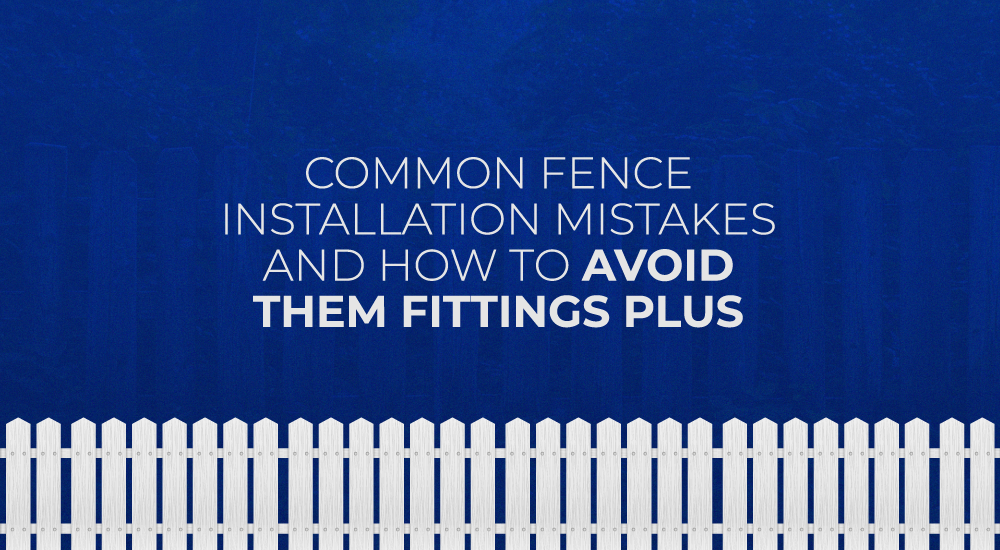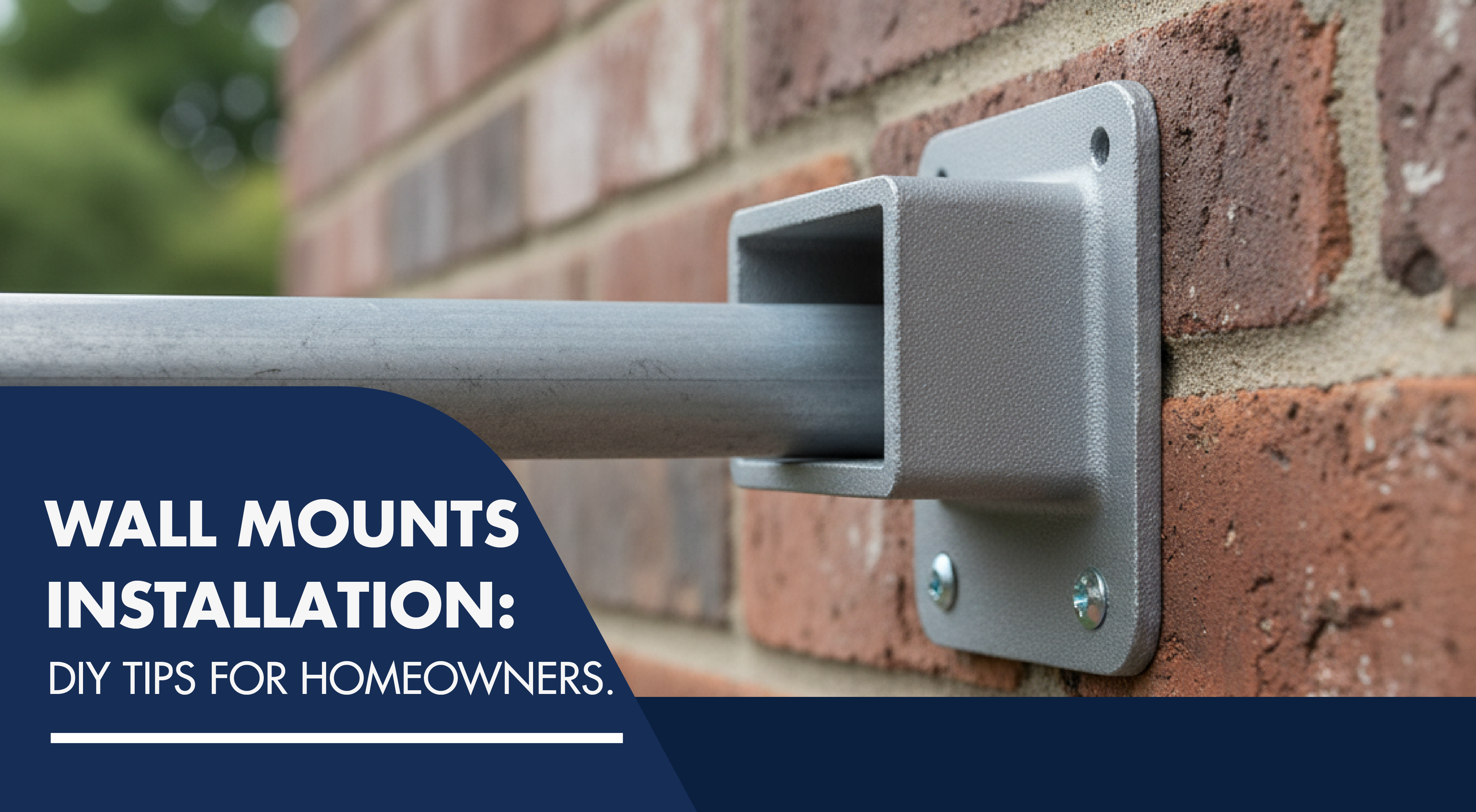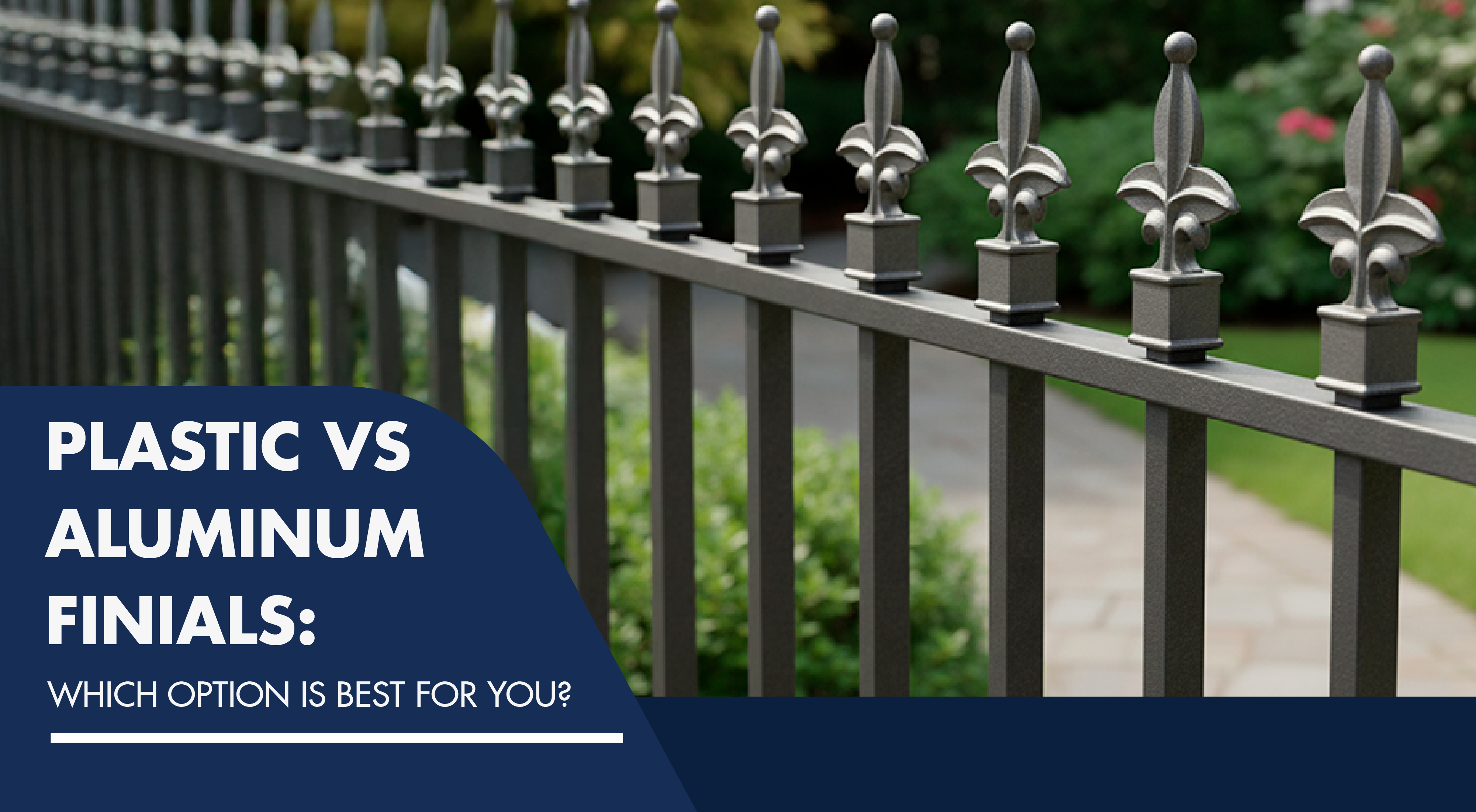Installing a fence can enhance your property's privacy, security, and aesthetic appeal. However, many homeowners encounter pitfalls during the installation process that can lead to costly repairs or replacements. In this guide, we'll explore common fence installation mistakes and provide practical advice on how to avoid fence installation mistakes to ensure a durable and attractive fence.
Before starting your fencing project, it's essential to invest in a good fence hardware collection. High-quality hardware ensures the stability and longevity of your fence. Explore our selection of premium hardware to find the perfect fit for your needs.

1. Failing to check property lines
One of the biggest mistakes homeowners make is neglecting to check property boundaries before installing a fence. This can lead to disputes with neighbors and may even result in having to tear down the fence.
How to avoid it: Before you start, check your property deed or get a professional survey if you’re unsure of your boundaries. Tools like a measuring wheel or GPS surveying app can also help you mark the area accurately.
2. Inadequate planning and research
Before starting any fence installation project, thorough planning and research are essential. Many homeowners must consider crucial factors such as local regulations, property boundaries, and utility lines to avoid jumping into the process. These aspects are necessary to avert encountering legal issues or damaging underground utilities.
How to avoid it: Take the time to understand your property’s limitations and seek the required permits or approvals to avoid complications.
3. Incorrect measurement and layout
Accurate measurements are vital for a well-designed and adequately fitting fence. Failing to measure correctly can result in too short or too long sections, leading to an uneven and unappealing appearance.
How to avoid it: Calculate your property’s perimeter precisely, factoring in any slopes or irregularities. Remember, “measure twice, cut once” is a golden rule in fence installation.
4. Using the wrong materials
Selecting appropriate materials is vital for the longevity and functionality of your fence. Factors such as climate, intended purpose, and maintenance capabilities should influence your choice. For instance, in areas with high humidity, materials resistant to moisture and decay are preferable.
How to avoid it: Choose materials suited to your environment and needs. Investing in high-quality materials can prevent premature deterioration and additional costs.
5. improper post installation
Fence posts serve as the backbone of your fence. Improper installation can lead to instability and premature failure.
How to avoid it: Ensure posts are buried at least one-third of their length to ensure stability. Using concrete to set posts can prevent shifting over time. Additionally, different soil types require specific installation techniques; for example, sandy soils may need deeper holes and broader bases.
6. Overlooking drainage considerations
Water accumulation around fence posts can cause wood rot and metal corrosion.
How to avoid it: Ensure proper drainage by sloping the concrete footing away from the post and using gravel at the base to mitigate moisture-related issues.
7. Ignoring aesthetic details
While functionality is paramount, aesthetics play a significant role in the overall appeal of your fence. Incorporating decorative elements like fence post caps and fence finials can enhance the visual appeal and add a personalized touch to your fencing project.
How to avoid it: Choose decorative elements that complement your fence's design and your property's overall look. Explore our collection of fence post caps and fence finials to find the perfect accents for your fence.

8. Rushing the installation process
Patience is key when installing a fence. Rushing can lead to oversights and mistakes.
How to avoid it: Take the time to measure accurately, align posts properly, and allow concrete to cure fully. This will result in a sturdier and longer-lasting fence.
FAQs
Q: How deep should fence posts be set?
A: Fence posts should be buried at least one-third of their length. For example, a 6-foot fence should have posts set at least 2 feet deep.
Q: Is it necessary to use concrete for setting fence posts?
A: While not always mandatory, using concrete provides a solid foundation and enhances the stability and longevity of the fence.
Q: How can I ensure my fence is on my property line?
A: Consulting a professional surveyor to assess and mark property boundaries is the most accurate method.
Q: What materials are best for fence longevity?
A: Materials like vinyl, aluminum, and pressure-treated wood are known for their durability and resistance to environmental factors.
Q: Can decorative elements affect fence durability?
A: High-quality decorative elements like fence post caps and fence finials not only enhance aesthetics but can also protect posts from weather damage, thereby extending the fence's lifespan.
Build your fence with confidence
Avoiding these common fence installation mistakes requires careful planning, attention to detail, and the use of quality materials. By understanding how to avoid fence installation mistakes, you can ensure a sturdy, long-lasting, and visually appealing fence. Remember, investing time and resources into proper installation today can save you from costly repairs in the future.
Ready to enhance your property's perimeter with top-quality fencing accessories? Explore our extensive collection of fence post caps, fence finials, and other premium hardware at Fittings Plus. Let us help you build a fence that stands the test of time and adds value to your property.






